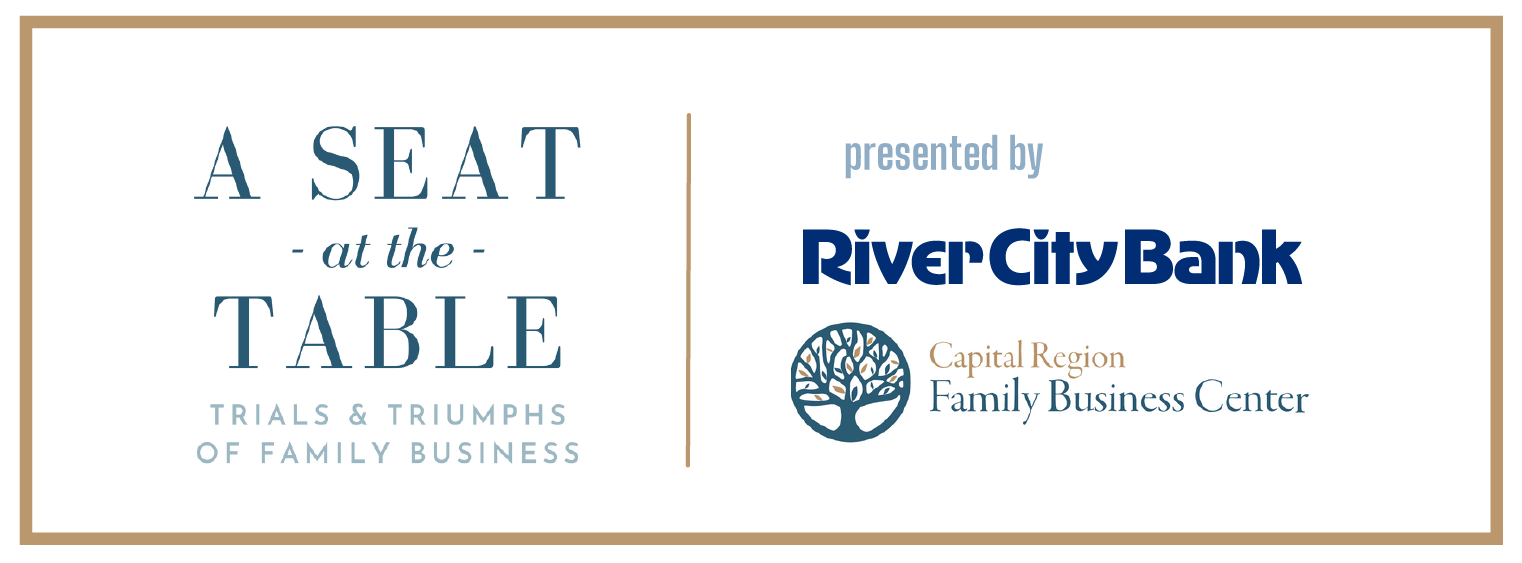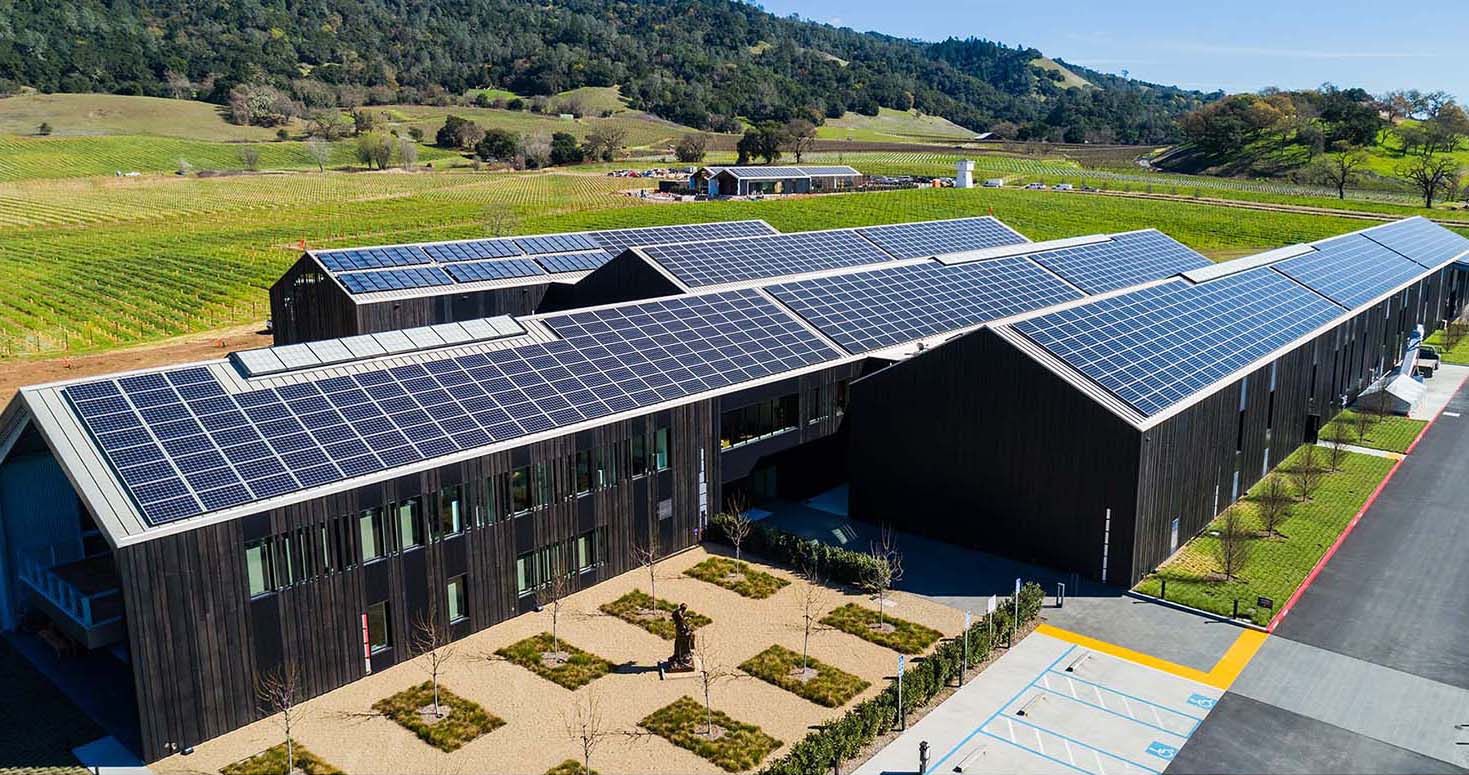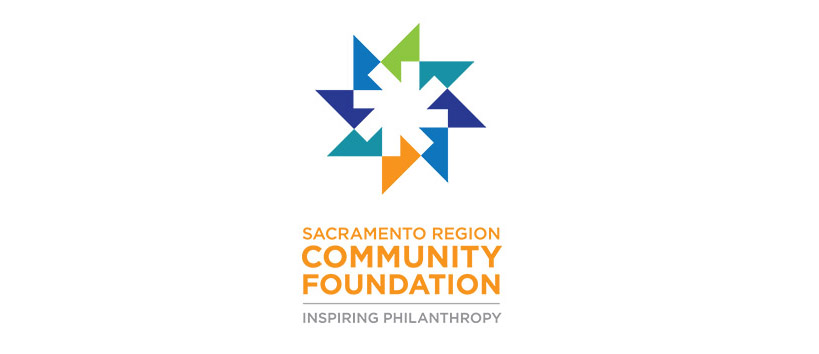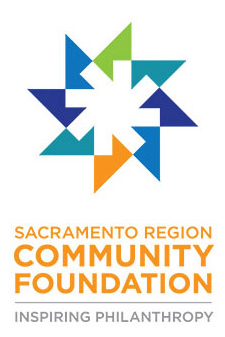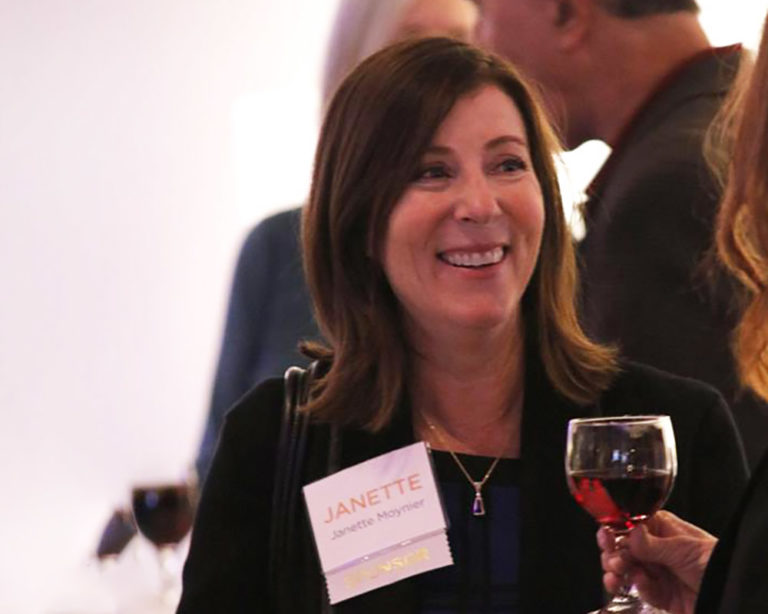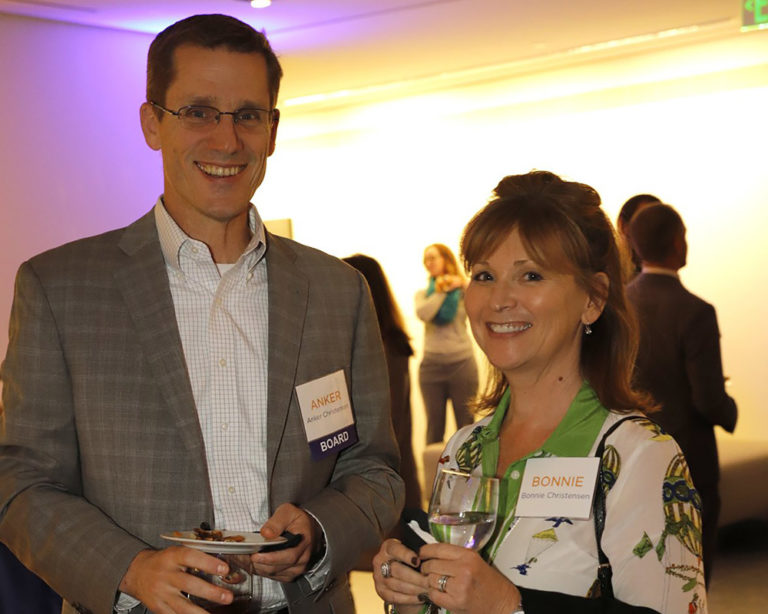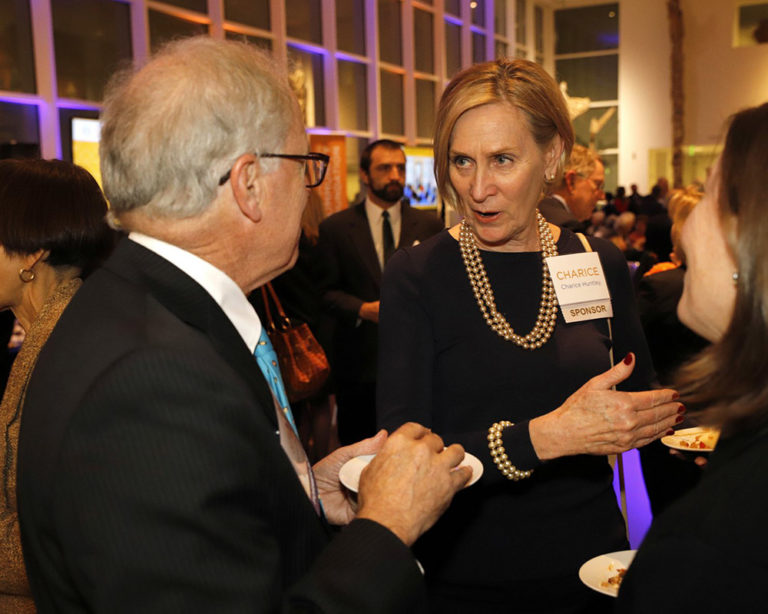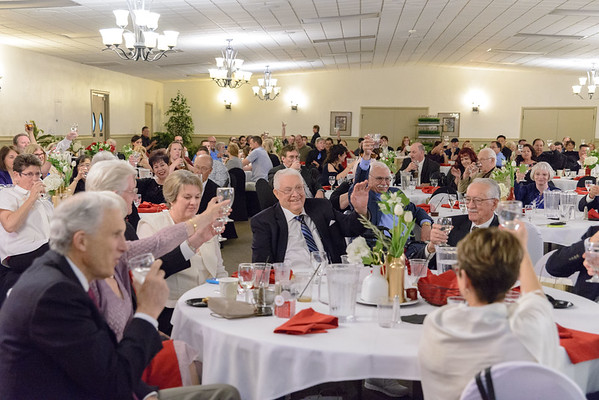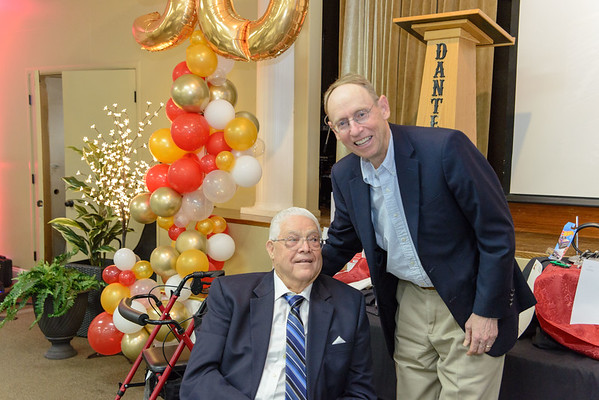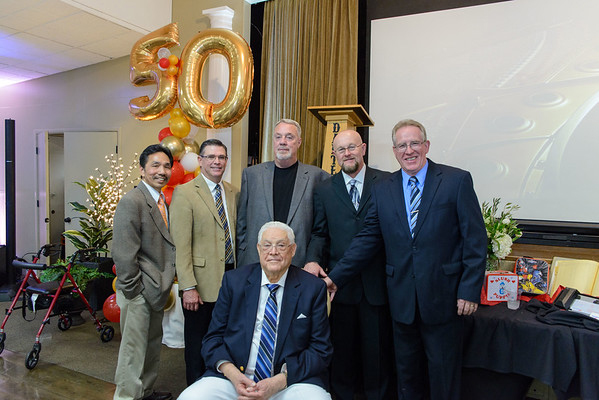The team at Stone Edge Farm Estate Vineyards and Winery has pushed the boundaries of alternative energy further with the integration of a unique, self-contained microgrid that incorporates both solar energy and a state-of-the-art hydrogen power system.
Stone Edge owner Mac McQuown has worked directly with a team of engineers for the better part of six years to make his farm fully energy independent, with no need to rely on PG&E for electricity.
“Hydrogen is a safe, readily available energy source, and the system we have in place is 4.5 times more efficient than a combustion engine,” McQuown said.
“This represents a huge leap forward for wineries and other businesses that are looking for sustainable energy solutions,” he continued. “There’s seemingly no limit on the amount of hydrogen you can produce and store with the right tools in place.”
The hydrogen power system relies on a sophisticated electrolyzer that utilizes small amounts of electricity to break down rain water into hydrogen and oxygen. The hydrogen produced in that exchange is then stored and used for power, primarily during the winter months when solar energy can be more challenging to collect.
According to McQuown, the time is coming when hydrogen production will be possible from salt water sources as well, which will greatly enhance the possible applications for hydrogen power systems like the one at Stone Edge.
The facility has been running in “island mode,” completely independent of PG&E, since December 2019. McQuown noted that Stone Edge’s marginal cost of electricity is zero, as is its marginal carbon footprint.
